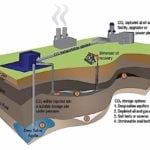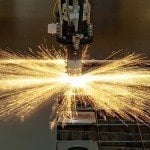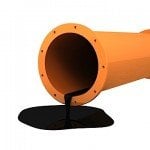The new KM3NeT telescopes ARCA and ORCA have scientists around the world excited. Here’s what we know about this revolutionary project.
Neutrino particles are mysterious and elusive, but the next generation neutrino telescopes could change that. KM3NeT, a research infrastructure housing the next-gen telescopes, is poised to make a big impact on our understanding of the universe. The facility, once completed, will have detectors with volumes ranging from several cubic kilometers to megatons of clear sea water.
For those that aren’t aware, KM3NeT is a groundbreaking research infrastructure that aims to revolutionize our understanding of the universe and the properties of neutrino particles. Located underwater in the Mediterranean sea, KM3NeT will use its telescopes to study neutrinos from a wide range of sources.
With the new ARCA telescope, researchers will search for neutrinos from distant astrophysical events like supernovas, gamma ray bursts, and colliding stars. On the other hand, the new ORCA telescope will be used to study neutrino properties generated right here in Earth’s atmosphere.

Detector Volumes
One of the key features of KM3NeT is its large detector volumes. The telescopes will have volumes ranging from megatons to several cubic kilometres of clear sea water, making them some of the largest neutrino detectors in the world.
This large scale will enable scientists to detect even the faintest signals from distant sources. The sheer size of the detectors is a testament to the cutting-edge technology used in the construction of KM3NeT and represents a major step forward in the field of neutrino research.
The ARCA Telescope
The ARCA telescope is a critical component of the KM3NeT facility, tasked with searching for neutrinos from distant astrophysical sources. By detecting and analyzing the neutrinos emitted from these events, scientists hope to uncover new details about these celestial bodies and their behavior.
One of the unique features of the ARCA telescope is its ability to detect low-energy neutrinos, which are much harder to detect than their high-energy counterparts. This is because these low-energy neutrinos are much less likely to interact with matter and are therefore harder to detect. However, by studying these elusive particles, scientists can gain a better understanding of the conditions present in the early universe, and how it has evolved over time.
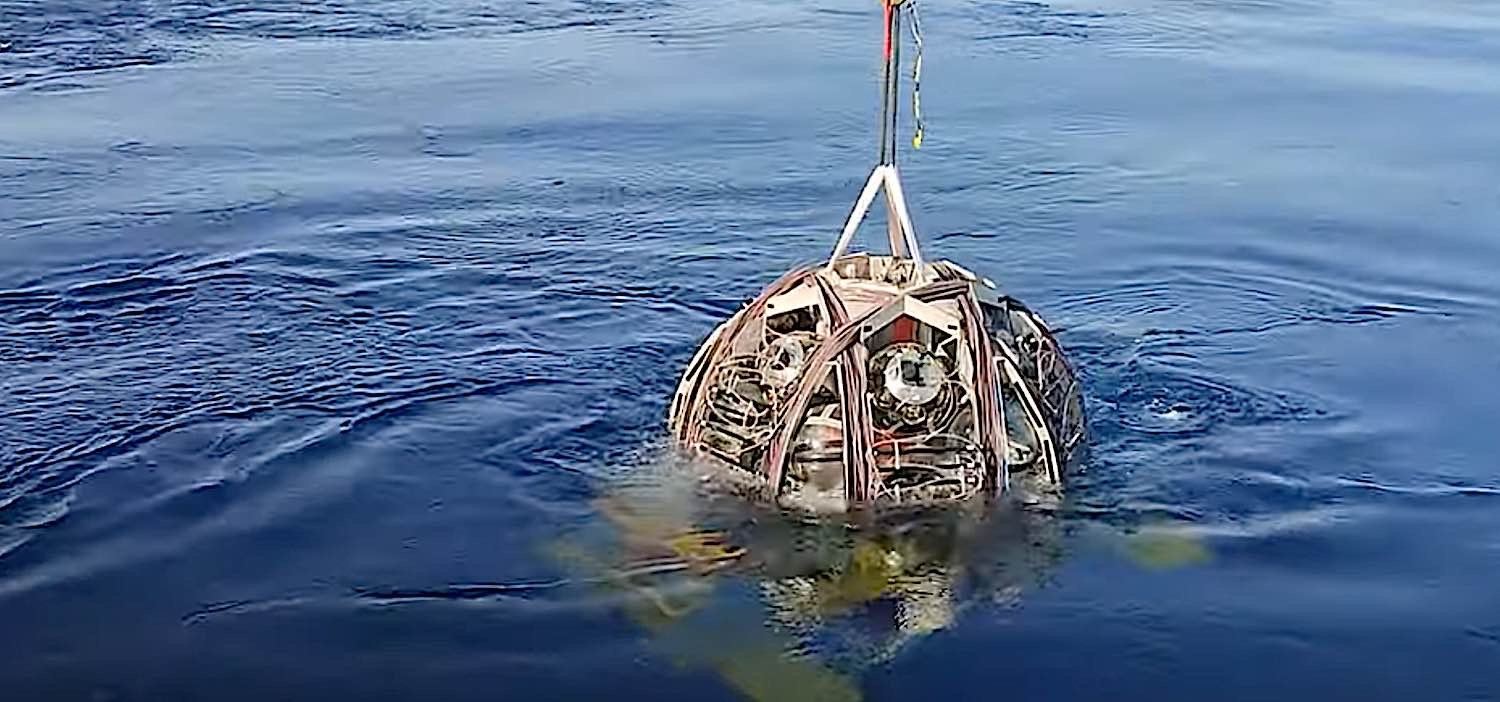
To accomplish its mission, the ARCA telescope is equipped with arrays of optical sensors that are able to detect the faint light emitted by charged particles originating from the collision of the neutrinos and the Earth. The combination of these sensors and advanced data analysis techniques, will allow scientists to precisely locate the source of the neutrinos, and make new discoveries about the universe and its workings.
The ORCA Telescope
The ORCA telescope is another important instrument in the KM3NeT facility, designed to study the properties of neutrinos generated in the Earth’s atmosphere. These neutrinos are produced by cosmic rays that collide with the Earth’s atmosphere, and the ORCA telescope will be used to detect and analyze these particles. This will give scientists valuable insights into the properties of these neutrinos, and how they interact with matter.
The ORCA telescope also features arrays of optical sensors that are designed to detect the faint light emitted by charged particles that result from collisions between the Earth and the neutrinos. By detecting this light, scientists will be able to study the properties of these particles and gain a deeper understanding of their behavior.
One of the challenges of studying neutrinos is that they are very difficult to detect, as they interact very weakly with matter. However, by using the advanced technology and data analysis techniques available in the ORCA telescope, scientists will be able to accurately detect and analyze these elusive particles.
Facility Instrumentation
The KM3NeT facility is not just limited to neutrino detection, it also serves as a hub for research in Earth and Sea sciences. The facility is equipped with a range of instruments that will provide scientists with a detailed understanding of the deep-sea environment and its interactions with the Earth.
These instruments will provide long-term monitoring capabilities and help scientists better understand the deep-sea ecosystem, including the bottom of the sea, and how it impacts the rest of the planet.
By providing comprehensive data on the deep-sea environment, scientists will be able to better understand how this environment impacts the planet as a whole. For example, scientists will be able to track changes in ocean currents and water temperatures over time, which will have important implications for our understanding of global climate patterns.
Another area of research at the KM3NeT facility will be the study of the sea bottom at depths of several kilometers. This research will help scientists understand the geology and biology of the deep sea, including the distribution of minerals and the types of marine life that live in these environments.
In addition to providing important insights into the deep-sea environment and its impact on the Earth, the KM3NeT facility will also serve as a resource for other areas of scientific research. It will be a valuable tool for studying ocean acidification and the impact of human activities on Earth’s waterways.
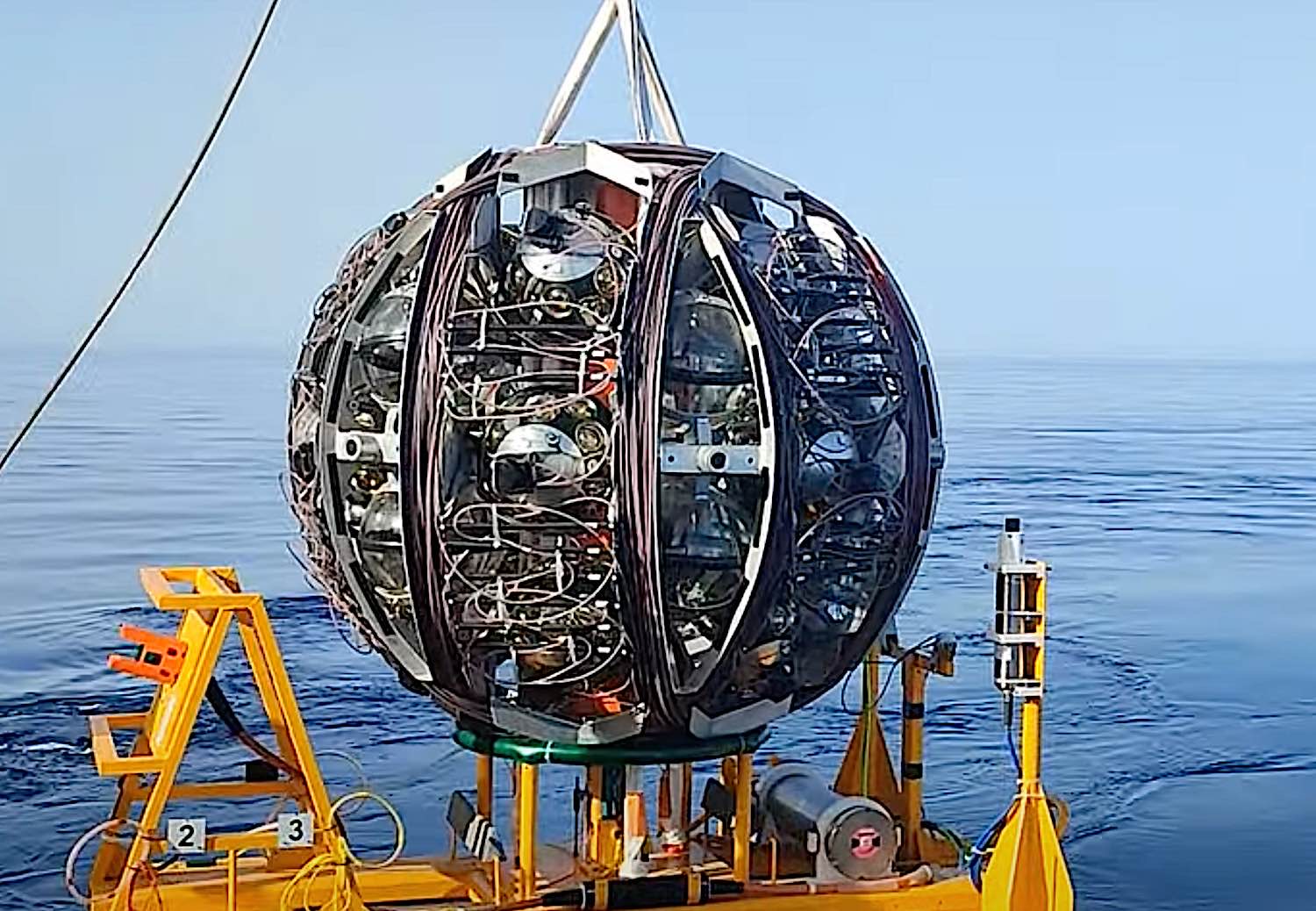
Looking Forward
The KM3NeT facility is a highly versatile and valuable research infrastructure that will provide scientists with a wealth of information about the deep-sea environment and its impact on the Earth. With its range of instruments and capabilities, the facility will help us better understand the world around us and provide valuable insights into some of the most important scientific questions of our time.
Key Takeaways
- KM3NeT is a remarkable facility that will offer a new window into the universe and help scientists better understand the properties of neutrino particles.
- The ARCA and ORCA telescopes, along with the other instruments in the facility, will play a crucial role in this research and are poised to make important contributions to our understanding of the universe.
- The telescopes will also enable scientists and researchers to better understand the deep-sea ecosystem, and the effects of humans on earths oceans and the sea bottom.
SOURCES:
- [1] https://interestingengineering.com/innovation/neutrino-telescope-3km-under-the-sea
- [2] https://www.km3net.org/
- [3] https://www.youtube.com/@KM3NeTneutrino
- [4]https://www.researchgate.net/publication/333051316_Status_and_first_results_from_the_ARCA_and_ORCA_lines_of_the_KM3NeT_experiment

